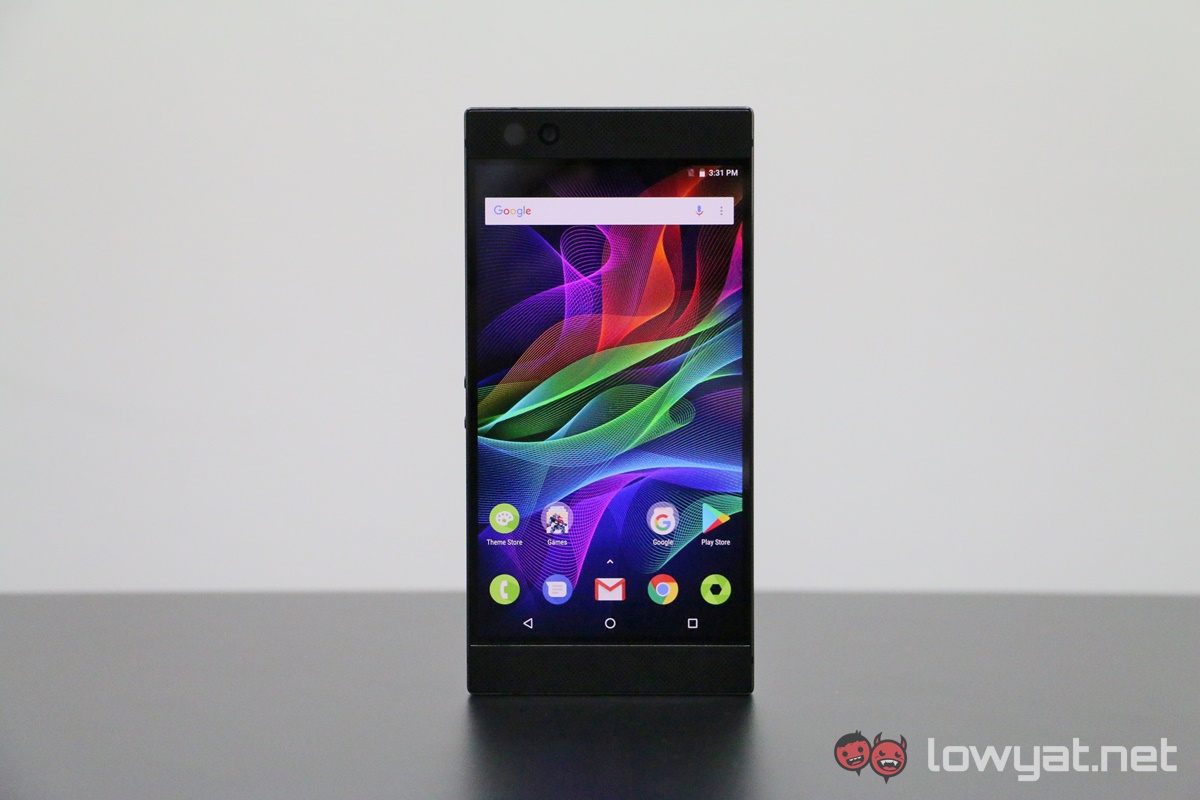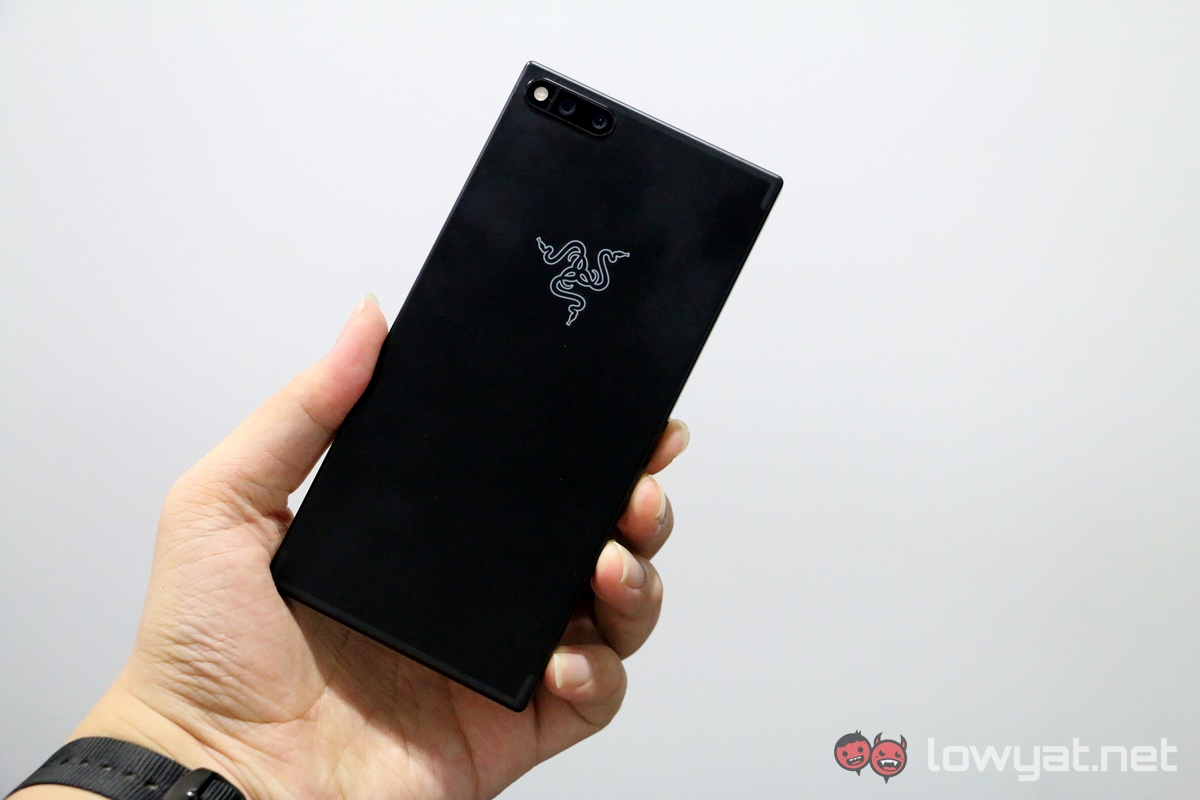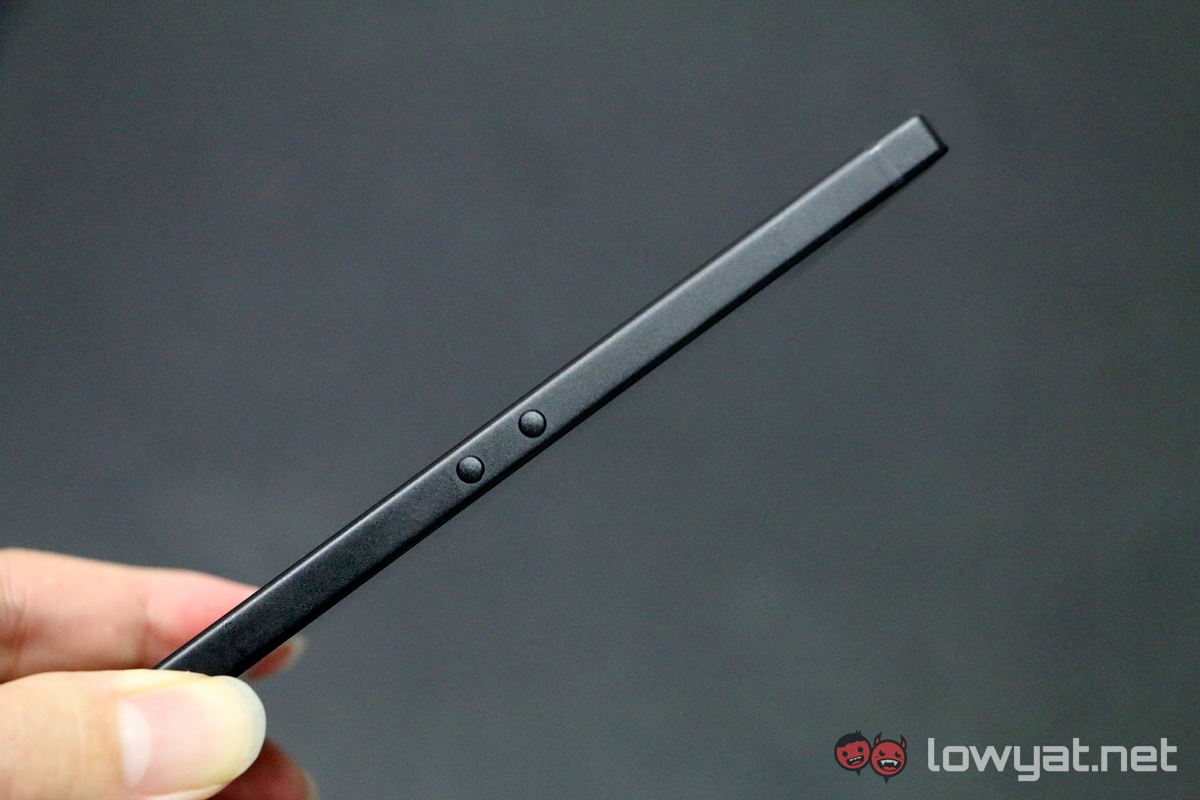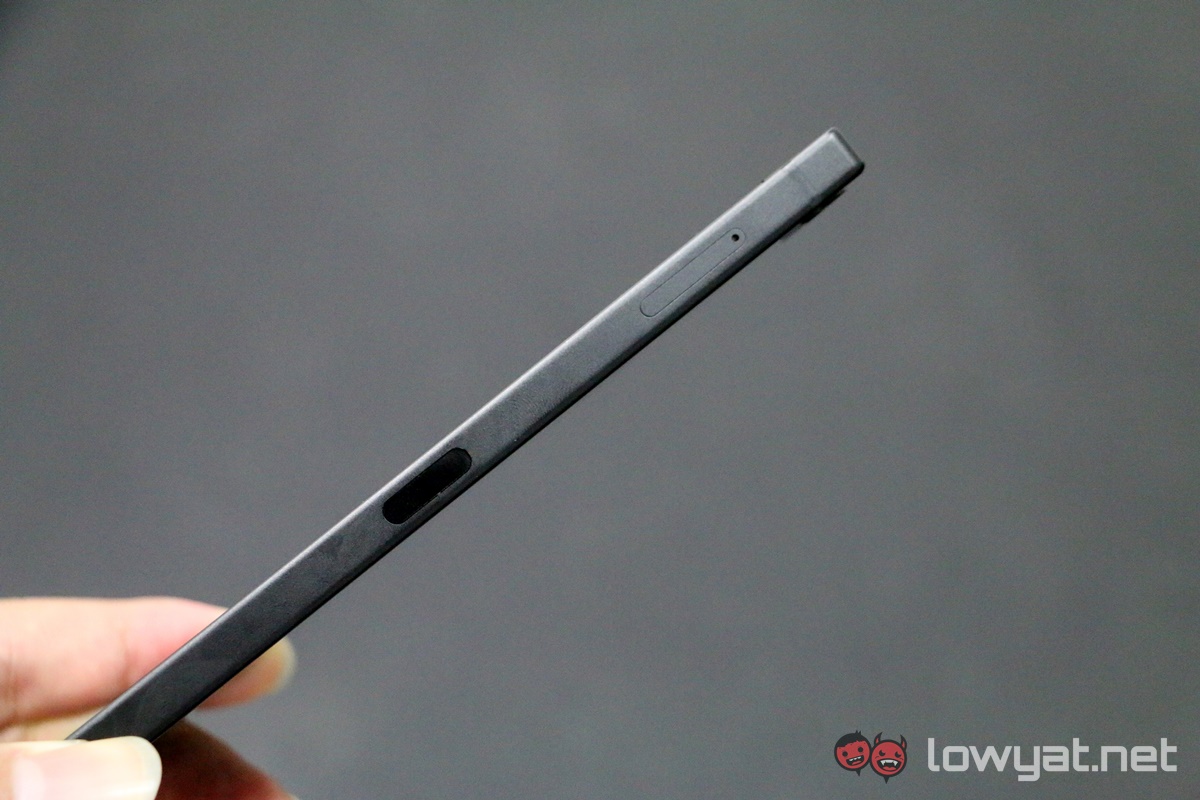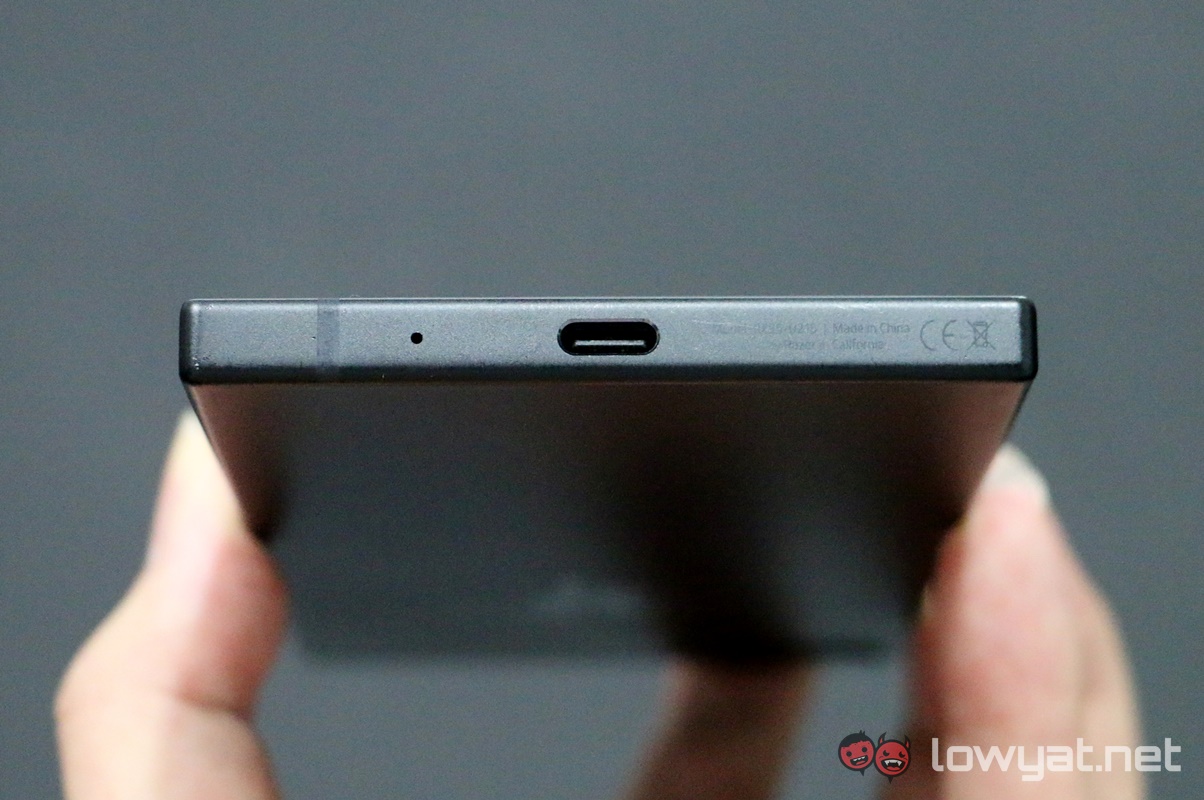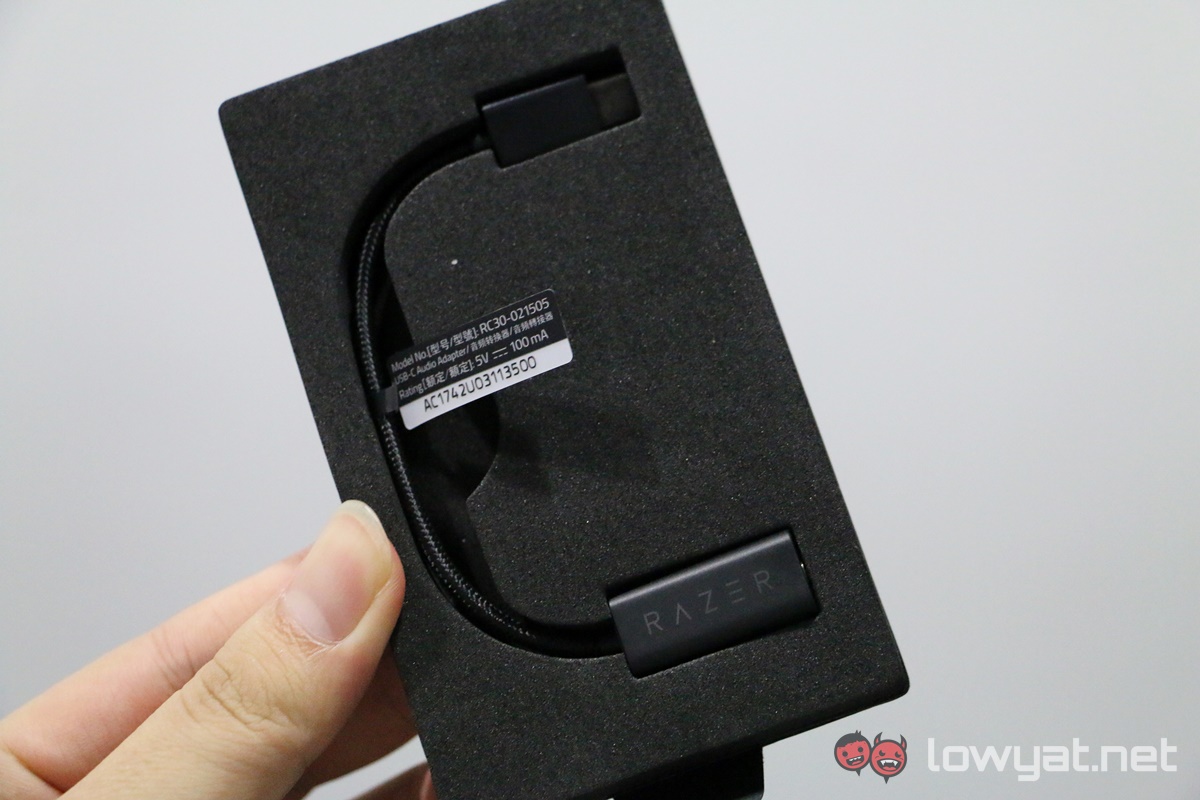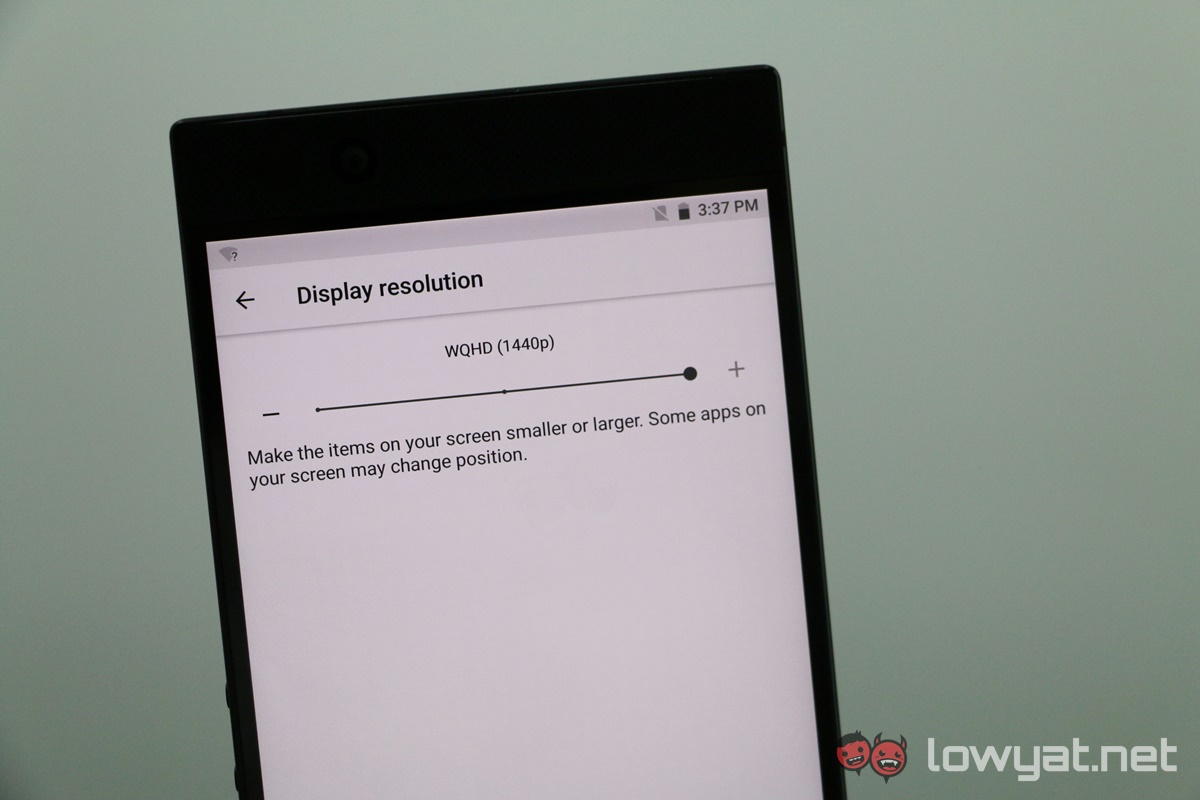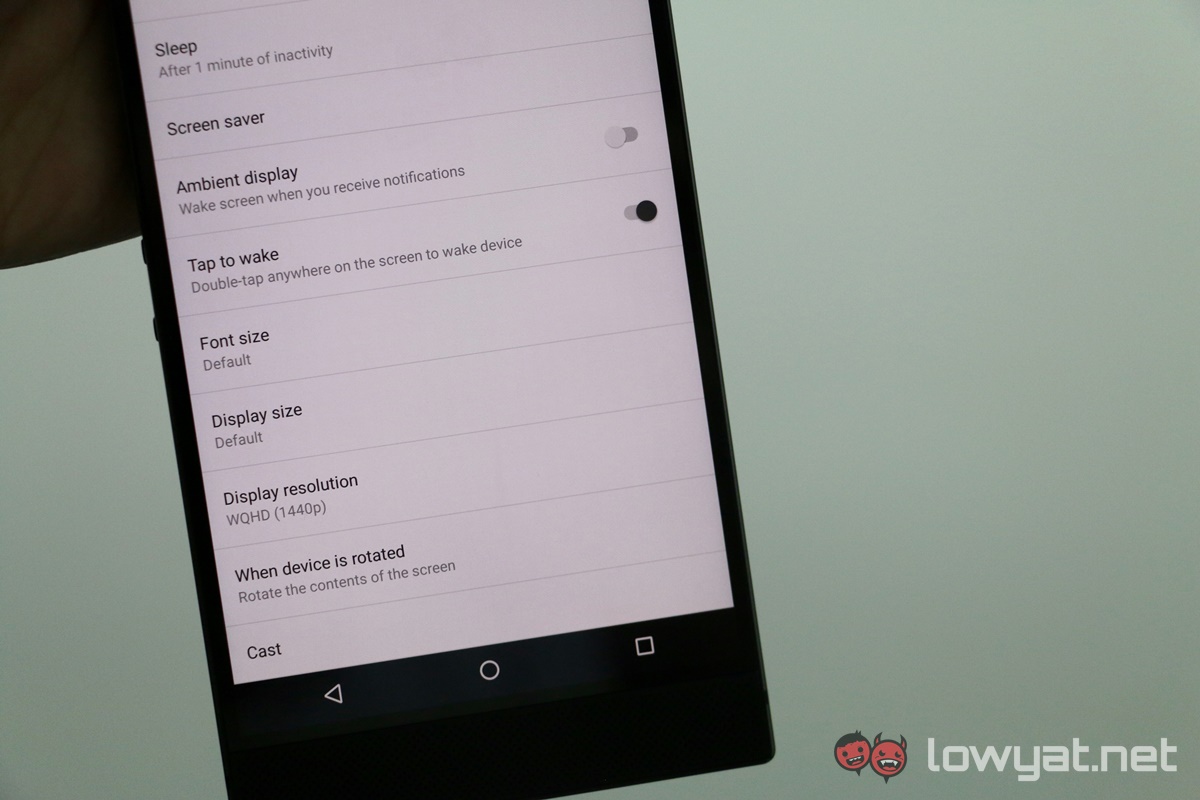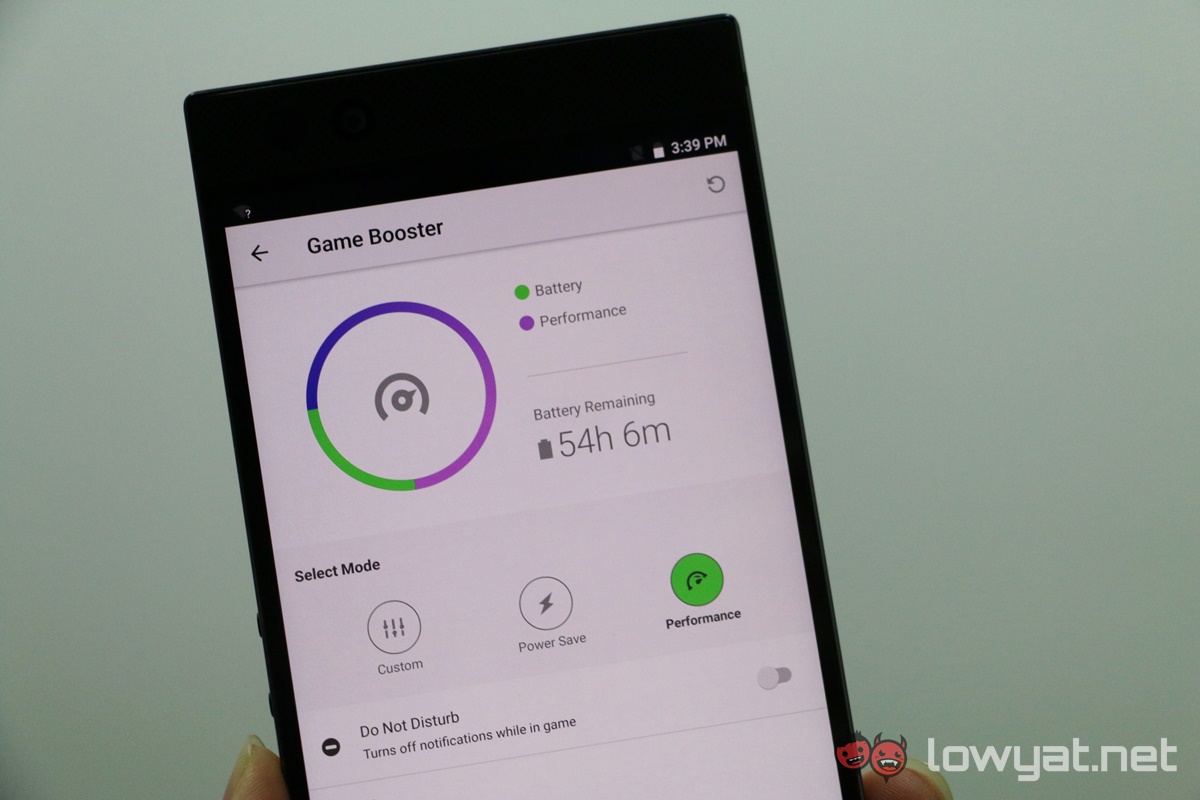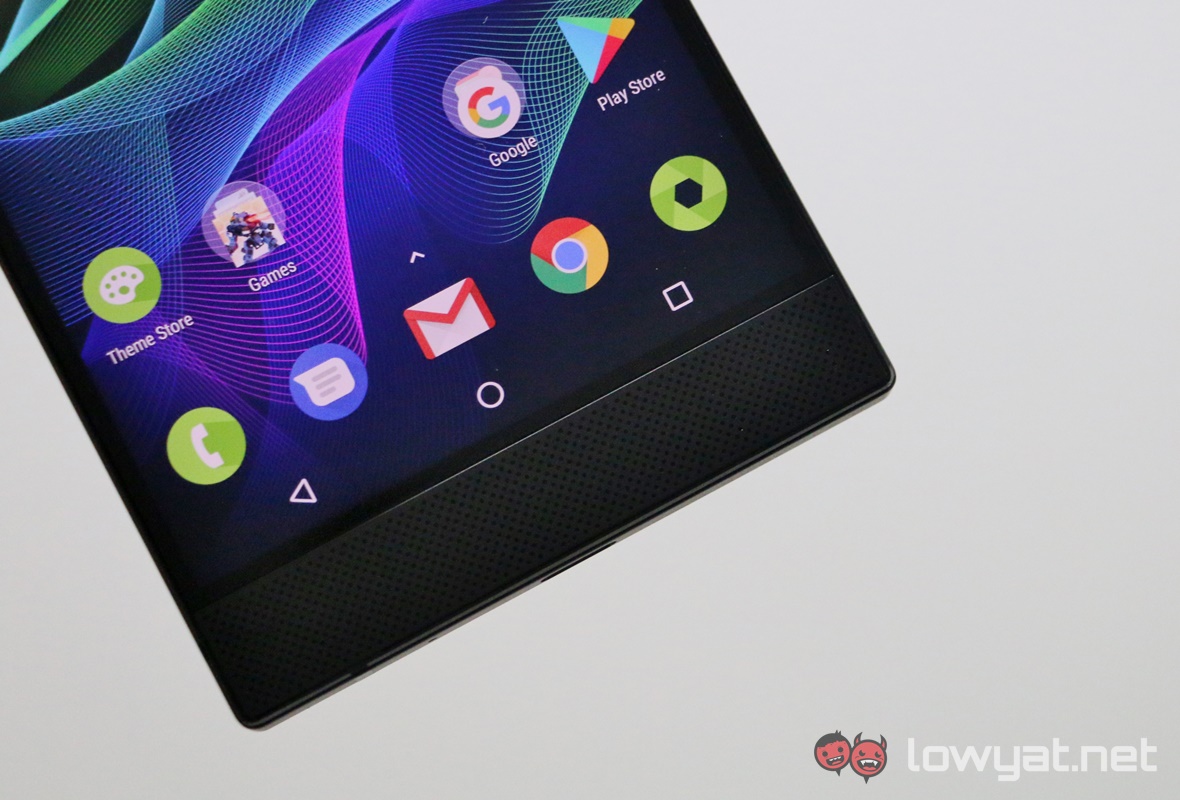It’s been a while since a company made a phone that’s catered to gamers. The novel idea certainly has greater meaning today, with the plethora of mobile games that even dares to be as immersive as PC or console games. Surprisingly, it took a company that’s more synonymous with gaming than smartphones to create one. Enter the Razer Phone.
The company’s 2017 acquisition of Nextbit was the first step in making a gaming smartphone a reality. The Razer Phone shares many design cues from the Nextbit Robin, with squared corners and a matte finish across the entire unibody. Unlike the Robin, however, the Razer Phone is unashamedly chunky – and perhaps for good reason.
The Razer Phone defies the current smartphone trends like curved screens, edge-to-edge displays, and even the 18:9 aspect ratio, instead opting for a large 5.7-inch 2560 x 1440 120Hz IZGO panel – the first on a smartphone. Above and below the display are stereo speakers with dedicated amps that produce very impressive outputs. There’s no headphone jack here, but Razer includes a USB C to 3.5mm adapter that has a built-in DAC, for superior audio output.
If you think using this phone would be difficult due to its size, you’d be somewhat correct. I enjoy using phablets as my main phone, but even I found the Razer Phone to be punishing on the pocket. That said, the flat sides and squared off corners does have some benefits.
According to Razer, the company wanted the Razer Phone to make its design disappear – the gamer should only be concerned about the game that’s being played. The design certainly reflects that. For example, the power button and volume rockers are situated close to the middle of the phone’s sides so that gamers don’t accidentally press any of them when playing on landscape mode.
There’s no headphone jack as well. Razer CEO Tan Min-Liang justified the omission as a means of adding more battery into the phone, but in hindsight, a headphone jack may also be slightly uncomfortable for gamers when playing on landscape mode; their fingers would need to accommodate the headphone connector and cable jutting out of the phone.
The standout feature on this phone is, of course, that 120Hz panel. It is the first smartphone in the world with a refresh rate this high, and only the iPad Pro has a similar display refresh rate. This feature, which is becoming more common on premium gaming laptops, results in buttery smooth animations that are very pleasing to look at.
Everything, from moving around the home screen, to playing racing games, just looks better. The effect is somewhat similar to those who use a 120Hz monitor and then back to a standard 60Hz one: you can’t unsee it. iOS forces a constant 60fps animation, so iPhone users may not see the difference as starkly as Android users, and I can confirm that my Galaxy Note 8’s beautiful curved Super AMOLED display didn’t quite feel the same after I left the Razer office.
Another unique feature to this phone is its capability to adjust the screen resolution. The Razer Phone can be set to 720p, 1080p, and 1440p. Presumably, this is a way to help with battery life, but it will likely help with gaming performance as well – especially with that 120Hz display onboard.
Gamers can also set the refresh rate should they wish to. The display’s panel can be set to 60Hz, 90Hz, and 120Hz. Again, this is likely a way to allow the phone to increase battery life.
Finally, the Razer Phone also has a built-in tool to further tweak the phone’s performance. Called Game Booster, the tool allows the phone to maximise performance when certain apps are opened. It is somewhat similar to Samsung’s Game Launcher, and you can even mute notifications when the games are launched. It is certainly a useful tool to have around, especially for serious gamers who want the most out of their MOBA experience.
Since the Razer Phone comes with Nova Launcher Pro pre-installed, customisation options go a long way for those who love to customise their phones. There are some built-in gesture support such as raise to wake, double tap to wake, and even double press the home button to launch the camera.
In all, though, Razer’s first attempt at a smartphone is a pretty impressive one. It is a large device, but gamers will enjoy the real estate – the large bezels mean less chances of accidental taps from the fingers. The 120Hz panel is certainly the standout feature of the phone, while Razer has also focused on features that matter to the gamer.
The Razer Phone isn’t available officially in Malaysia just yet, so your best bet in experiencing one is to get it via some of the resellers here in Malaysia.
Follow us on Instagram, Facebook, Twitter or Telegram for more updates and breaking news.


